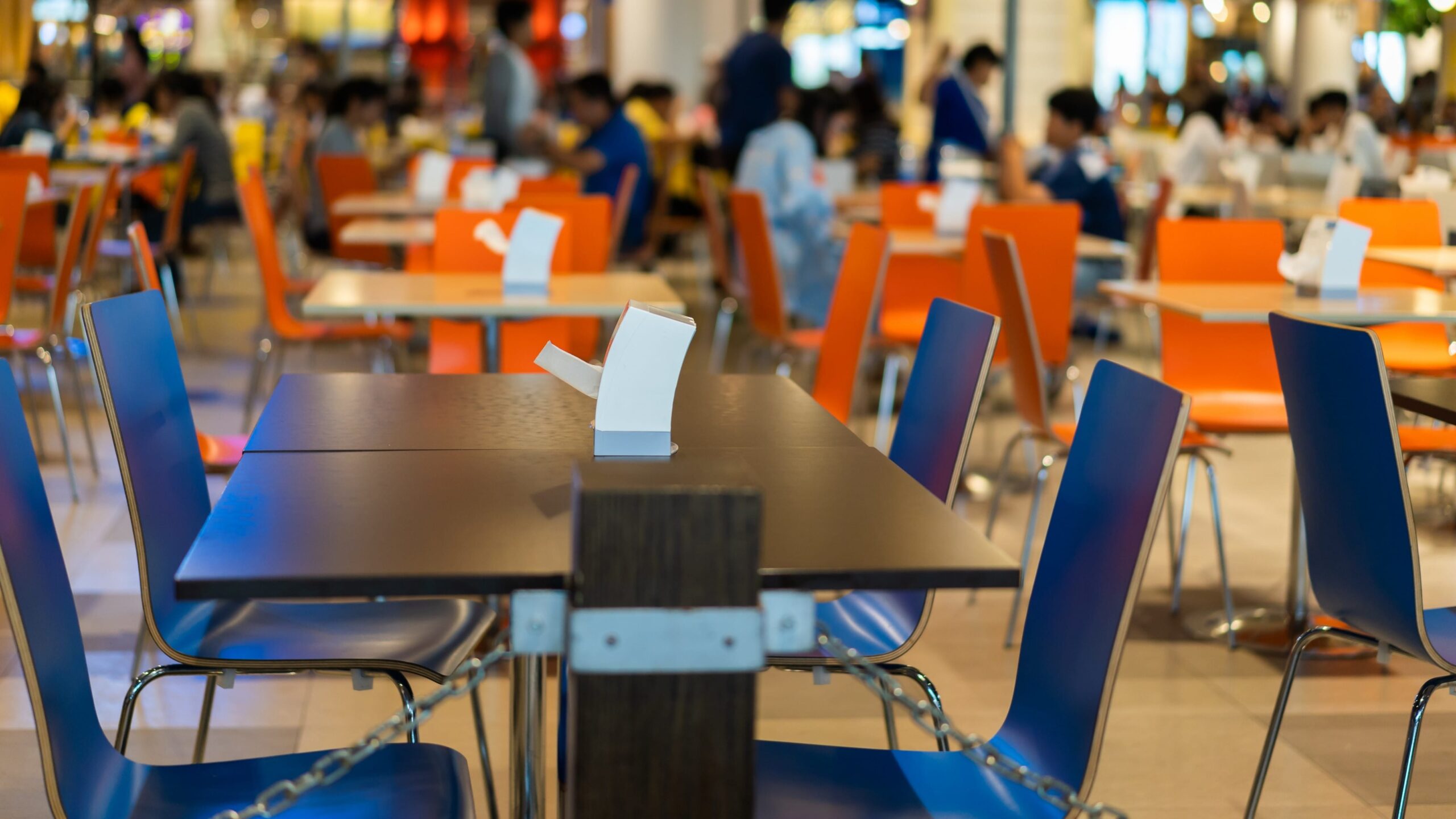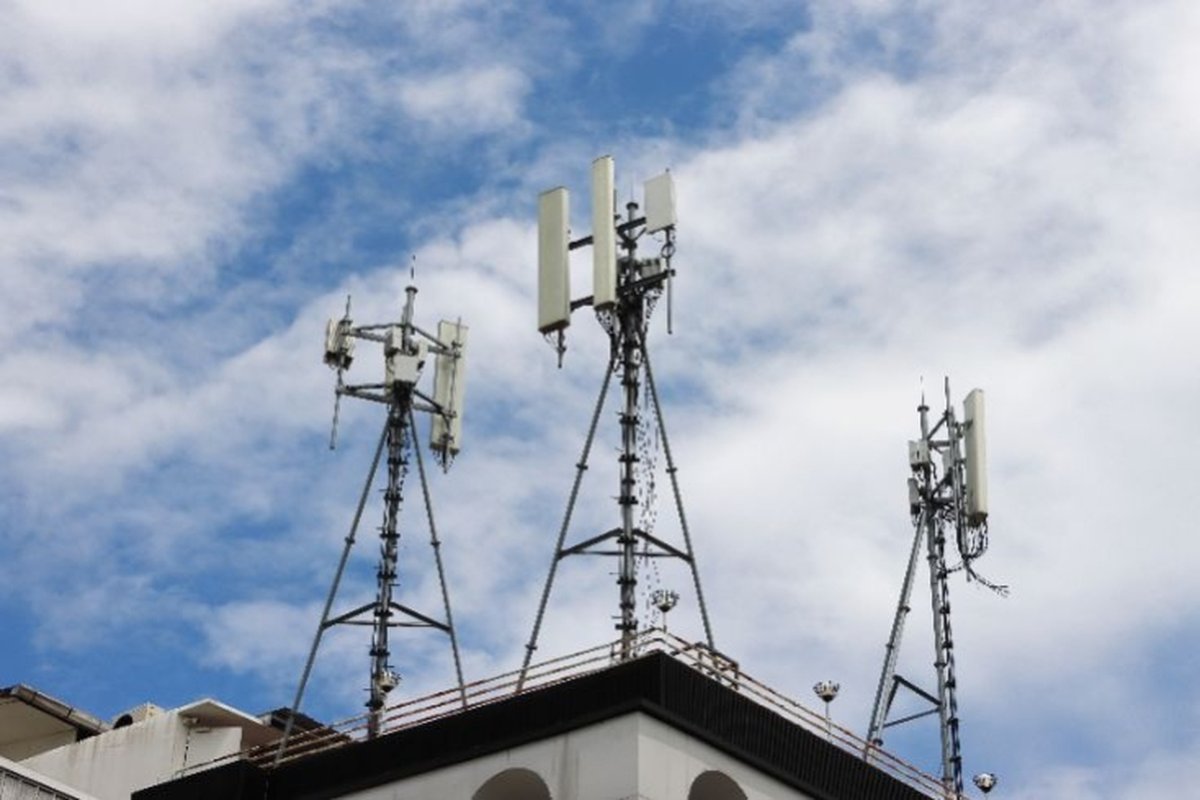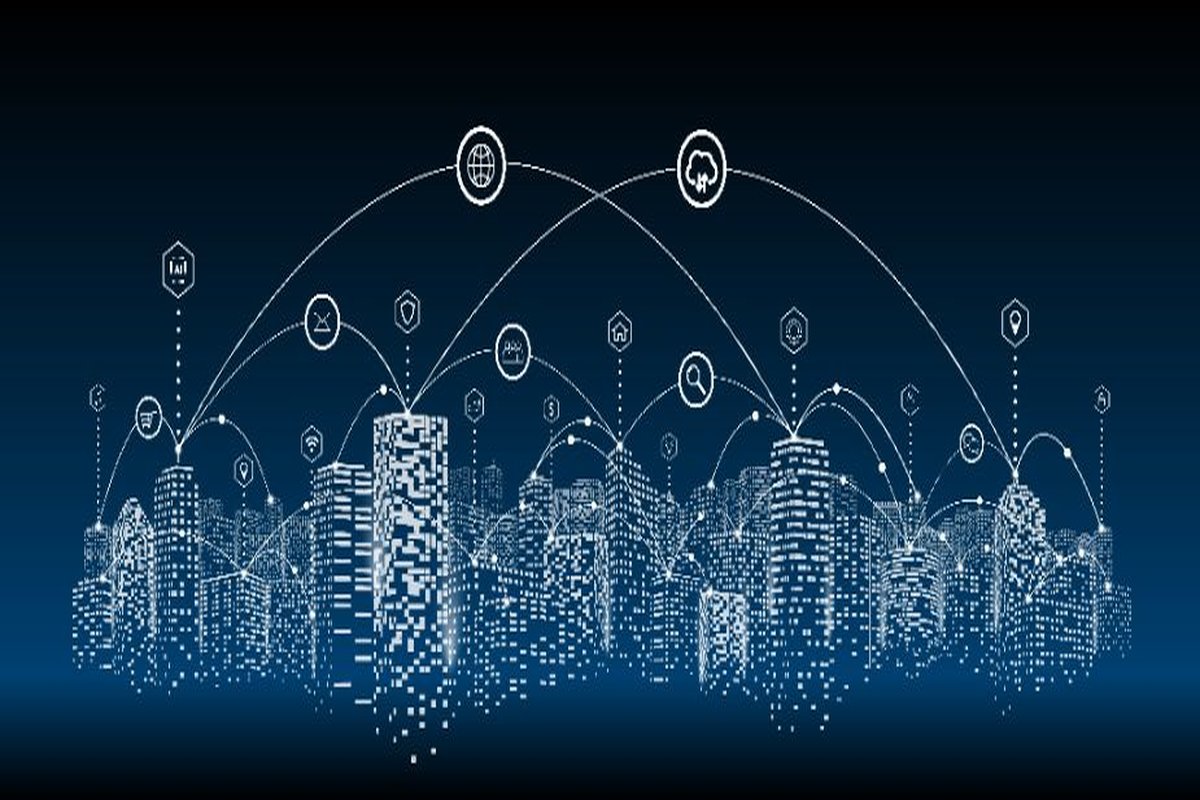Popular Dining Destination Solves In-Building Cellular Coverage Challenges with a Nextivity Smart Cell Signal Booster for Retail
The debate continues to rage on whether cell phones should be banned in restaurants, a debate that stops at the entry to the food halls that are exploding across America. That’s because the food hall trend is fueled by millennial foodies looking for a more outside-the-box dining experience, according to research by Cushman and Wakefield. While millennials check their cell phones an estimated 150 times a day (about every 10 minutes), in this study done by Accel + Qualtrics, it appears that Gen-Xers and Boomers are equally glued to their tech. Given the wide-ranging age groups of patrons that eat in food halls today, these stats reinforce the need for retail spaces to provide good cellular reception if they want to keep their guests happy. Many restaurants and “small box” and c-stores are installing a smart cell signal booster for retail to solve their in-building coverage challenges and keep customers, staff, and operations connected.
The Dekalb Marketing Hall is a case in point. Located below ground level in the City Point mall in Brooklyn, NY, it showcases 40 vendors and is a hub of innovative cooking and dining experiences for nearly 100,000 guests each week. It is a hub of innovative cooking and dining experiences for nearly 100,000 guests each week that were not able to get good reception on their cell phones while inside the food hall.
Overcoming Signal-Blocking Factors
There are a number of common factors that either block cellular signals from penetrating a building or reduce the signal power needed to provide good cellular reception for occupants uniformly throughout the inside of a building. Externally, the building could be surrounded by other structures or natural terrain, like hills, that block cell tower signals from penetrating into a building. The building construction itself can also blocks signals – thick concrete walls (particularly in sub-ground locations), Low-E glass windows, steel beams in the walls or between floors, elevator shafts, internal walls, and large equipment can all block the signal creating pockets of dead zones or poor service.
“DeKalb Market Hall is located underground so cell service just wasn’t making it in. It’s a really dense environment from kitchen equipment to the rebar on the walls to the amount of concrete involved. Combined with a lot of people walking in and out, makes it a particularly challenging cellular coverage environment,” says Sina Khanifar, President of RSRF, the systems integrator division of Waveform, which specializes in providing cell phone coverage to buildings of all sizes. RSRF was engaged by City Point to provide a solution. “Our big focus is driving down the cost of in-building cellular coverage solutions and utilizing the newest technology to make sure we are able to do that.”
The CEL-FI QUATRA Difference
There are several technologies and system configurations available to solve the cellular coverage holes, dropped calls, and poor reception that impacts employees and guests inside restaurants and food halls. Each technology comes with its own complexity, installation time, quality of cellular service provided, ease of maintenance, and price point.
A residential-grade analog signal booster or femtocell is easy to install and inexpensive to purchase but doesn’t provide the quality of service or capacity that a high-volume food hall requires. A high-end traditional active distributed antenna solution (DAS) – such as those normally used at very large venues like stadiums or convention halls – is also not a good fit.
Rick Bernas, director of engineering at RSRF explains, “Dekalb needed coverage for all four major carriers – AT&T, Verizon, Sprint, and T-Mobile – throughout the space and at a reasonable cost. An active, fiber DAS system, which requires each of the carriers to bring in their equipment, was way out of the price range.”
Instead, RSRF chose to install a CEL-FI QUATRA Active DAS Hybrid smart cell signal booster for retail, which delivers industry-leading signal boosting performance without the high price tag and complexity of a traditional active DAS. The Active DAS Hybrid system also addressed the ease and aesthetics of the installation, two concerns raised by Jason Feinstein, the general manager of Acadia Realty. Feinstein handles the day-to-day management of the building that houses the City Point and Dekalb Market Hall, helping to ensure everything runs smoothly and maintaining positive relations with tenants.
“My biggest concern is making sure we don’t disrupt the tenants,” said Feinstein. “The installers were very professional, knew what they were doing, and were easy to work with.”
Industry-Leading Performance Meets Fast Installation
RSRF installed the cell signal booster for retail in the 27,000 sq. ft. food hall in only three days using a two-person crew, without disrupting business. Despite all the new units and cabling, the system blended well with the appearance of the public space.
“Since the CEL-FI QUATRA system uses Ethernet cables and the client already had Ethernet cable running all around the basement, it was just a couple of extra internal cables and nobody actually noticed when the system was finished. It looked exactly like it did before,” explains Bernas. “We were also able to hide a lot of the cables and antennas above the many vents throughout the space.”
Since completing the installation, the flourishing food hall is getting the cellular connectivity it needs.
“Everyone was happy. We picked access points such that you can’t see or even tell they are there,” says Feinstein. “The basement was a dead zone but RSRF helped us to get access. We get cell phone reception down there now and it is fantastic.”




